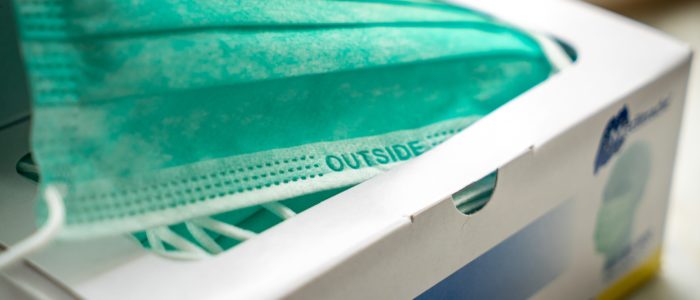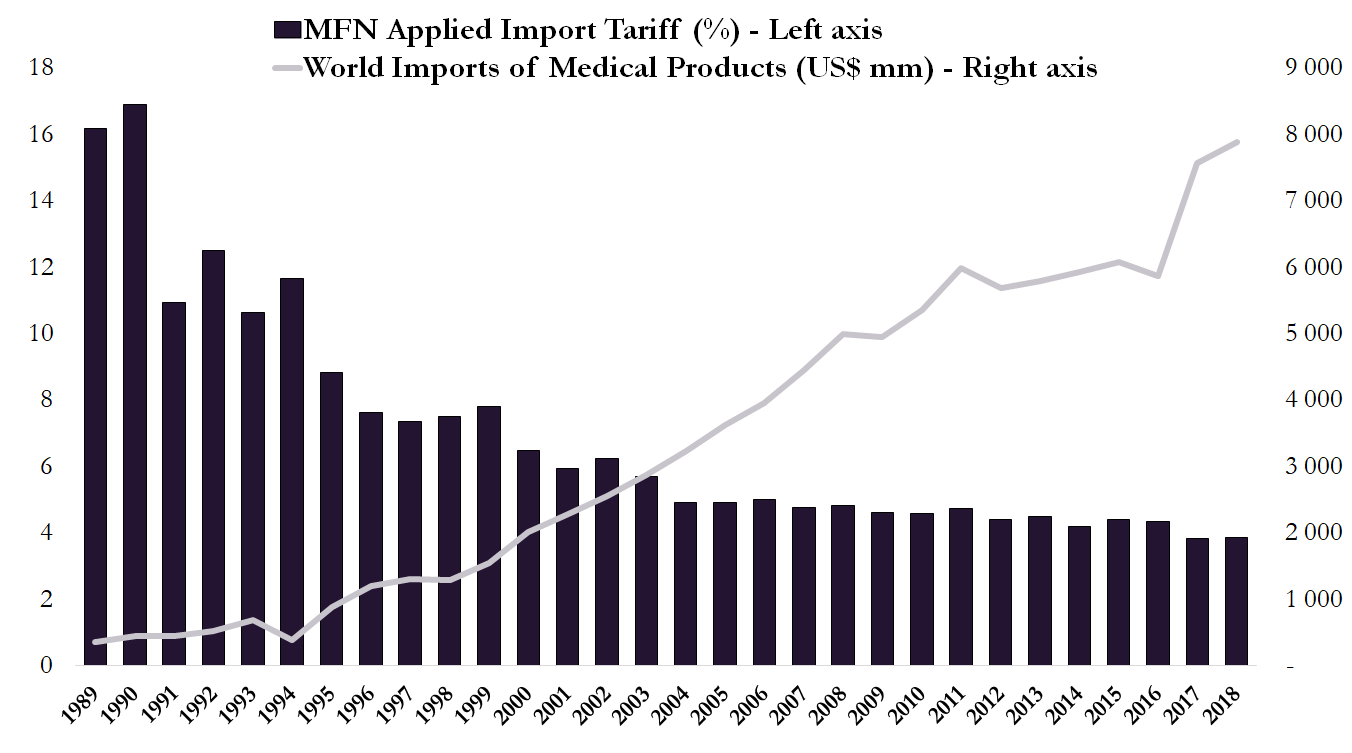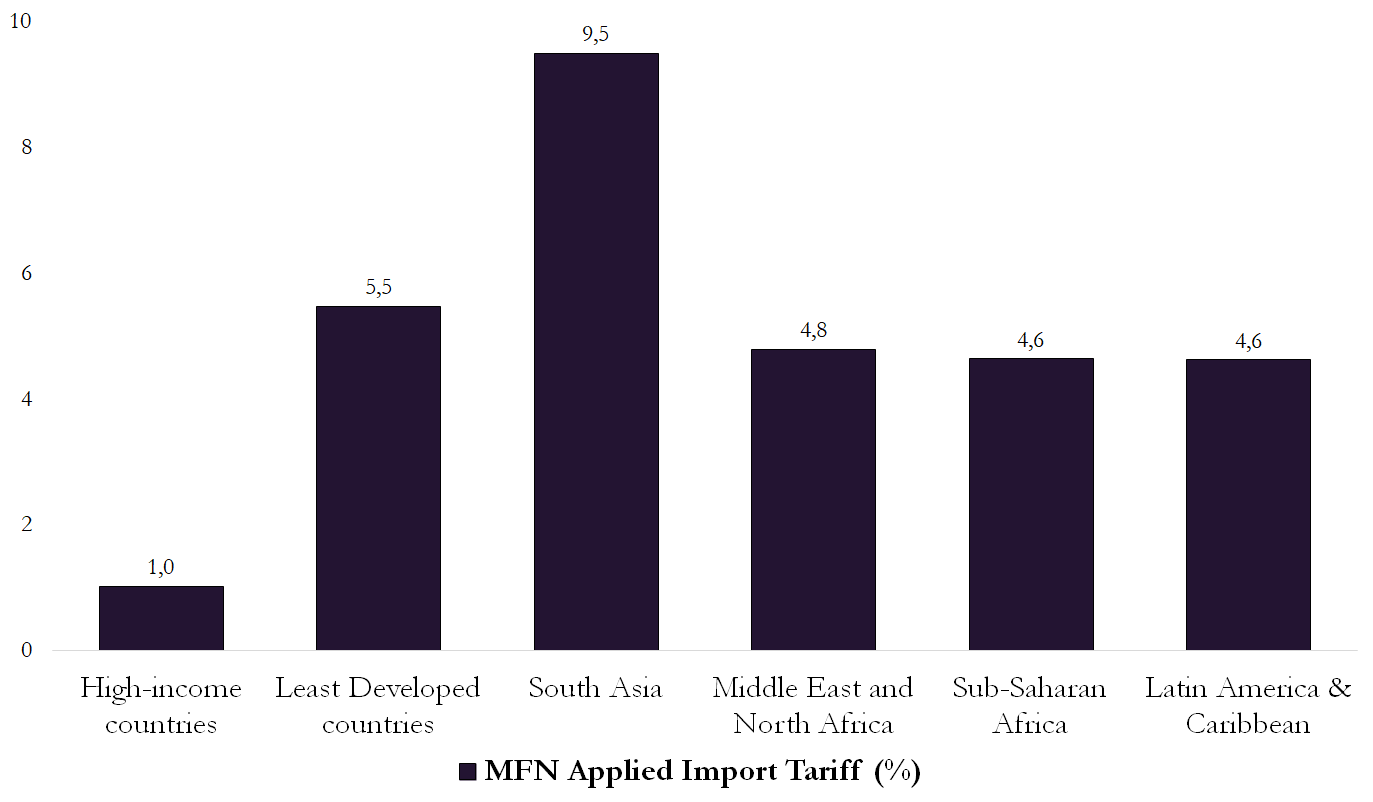Published
A Global Agreement on Medical Equipment and Supplies to fight COVID-19
By: Oscar Guinea
Subjects: EU Single Market European Union Healthcare WTO and Globalisation

The trade answer to the coronavirus crisis has been a mix of openness and protectionism. Countries have lowered import duties (examples here, here, and here), imposed export restrictions (here and here), and accepted each other’s’ standards as their own to get as many medical supplies as possible.
While political leaders called for medical goods to be produced within their national borders, policymakers are torn between the demands for self-sufficiency and the need to keep markets open. Even within the EU, mistrust between countries has disrupted markets of medical goods (see here).
However, economic history tells us that a system which relies on multiple companies across locations is far more resilient than one based on fewer suppliers in one country. It is not just more resilient but also more efficient and therefore cheaper. The cost of these products is important, as public budget will soon come under pressure. The international market of medical goods is and will remain a source of strength.
As shown in the figure below, trade in medical products has been growing at a healthy rate and applied tariffs on these goods have been falling.
Figure 1: Trade and applied tariffs of medical products

Source: WITS and World Bank. World trade measured in real 2015 US$ . The list of medical products comes from WTO (2020) Trade in medical Goods in the Context of Tackling Covid-19.
The IMF reports that Covid-19 may lead to a fall in World GDP of 3%. Trade liberalisation can be used as a measure to kickstart the global economy and supply goods where they are needed the most. We propose a Global Agreement on Medical Equipment and Supplies (GAMES). This agreement, which can be negotiated within the WTO as a plurilateral agreement, should start by sealing the fall in tariffs of medical goods that countries are already implementing. Some countries have taken the lead, and many Covid-19 relevant products are already traded under the WTO Pharmaceutical agreement and the Expansion of the Information Technology Agreement.
Even though tariffs in medical products are low for some countries, such agreement will have immediate positive effects. First, by providing legal certainty that import tariffs will remain low it will encourage investments in new production of medical supplies needed to fight Covid-19. Second, while the average applied tariff might be low for most developed countries, other countries can achieve significant gains by lowering their tariffs. As it can be seen in the figure below, import tariffs for the least developed countries are on average 5.5%. In the current circumstances, when demand of medical supplies is clearly inelastic – and will remain as such for some time – tariffs are passed through to consumers so it makes economic sense to lower them. The WTO latest report on trade in medical goods shows that there is significant space for lowering tariffs in Covid-19 medical goods, such as laboratory inputs, and personal protective equipment.
Figure 2: Applied MFN tariff on medical products.

Source: WITS. The list of medical products comes from WTO (2020) Trade in medical Goods in the Context of Tackling Covid-19.
While it’s true that tariffs in medical products are only the tip of the iceberg, this agreement can also become a platform to discuss regulatory barriers that have proven to be unnecessary, and phase out export restrictions and other protectionist measures. No country or region is self-sufficient when it comes to medical goods. As countries are exporters and importers of these products, all of them can benefit from global trade.
This and other initiatives to liberalise trade will only compensate in part for the dramatic fall in trade due to Covid-19 and the measures to contain it. The WTO estimates that the increase in trade costs is responsible for more than half of the fall in trade as a result of Covid-19, which is expected to range between 11% and 20%. The WTO also assumes that costs of air cargo could increase by 70% while stricter border controls could lead to a 2.4% rise in trade cost for goods.
Policymakers should resist the temptations of protectionism and onshoring. A global answer to this crisis is safer and more efficient as it builds on solid economic arguments such as comparative advantage and allocation efficiency. A Global Agreement on Medical Equipment and Supplies (GAMES) can make the current fall in tariffs of medical goods permanent and serve as a stepping stone to ensure that foreign and national producers of medical products are treated equally. This is a necessary step to produce as many medical supplies, as fast as possible, and in the most efficient way.
4 responses to “A Global Agreement on Medical Equipment and Supplies to fight COVID-19”